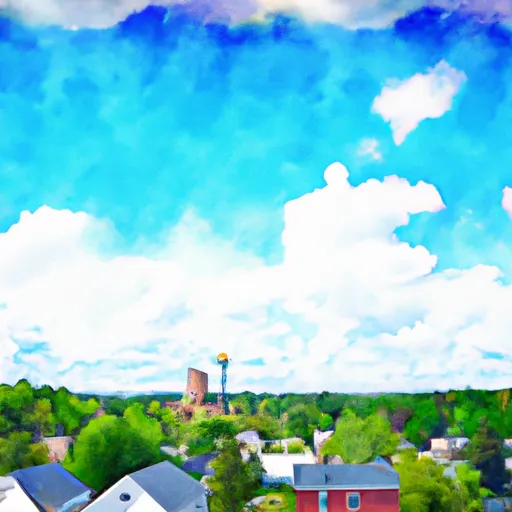°F
°F
mph
Windspeed
%
Humidity











Stanley, Wisconsin is a small town located in the northwestern part of the state. It experiences a humid continental climate, characterized by warm summers and cold winters. Summers in Stanley are mild and pleasant, with average temperatures ranging from 60°F to 80°F. Winters, on the other hand, are cold with temperatures dropping below freezing, and heavy snowfall is common.
The town is surrounded by beautiful natural landscapes, with several lakes and rivers in the vicinity. The primary hydrology constituents in Stanley include the Yellow River, Otter Creek, and several smaller ponds and streams. These water bodies offer excellent opportunities for fishing, boating, and kayaking.
Outdoor recreation enthusiasts will find plenty of activities to enjoy in Stanley. The town is nestled near the Chequamegon-Nicolet National Forest, providing ample opportunities for hiking, camping, and wildlife viewing. Additionally, nearby attractions like the Ice Age National Scenic Trail offer opportunities for hiking and exploring unique glacial formations.
With its diverse climate, picturesque hydrology constituents, and abundant outdoor recreation opportunities, Stanley, Wisconsin is a haven for nature lovers and adventure seekers.
Weather Forecast
Stanley receives approximately 795mm of rain per year, with humidity levels near 84% and air temperatures averaging around 6°C. Stanley has a plant hardyness factor of 4, meaning plants and agriculture in this region thrive during a short period during spring and early summer. Most plants will die off during the colder winter months.
Regional Streamflow Levels
181
Cubic Feet Per Second
10
Cubic Feet Per Second
5
Cubic Feet Per Second
61
Cubic Feet Per Second
Nearby Camping
| Camping Area | Reservations | Toilets | Showers |
|---|---|---|---|
| Grand Gulf Military Park | |||
| South Recreation Composite | |||
| Warfield Point Park | |||
| North Rec Composite | |||
| Little Sunflower River | |||
| Lake Charlie Capps |



